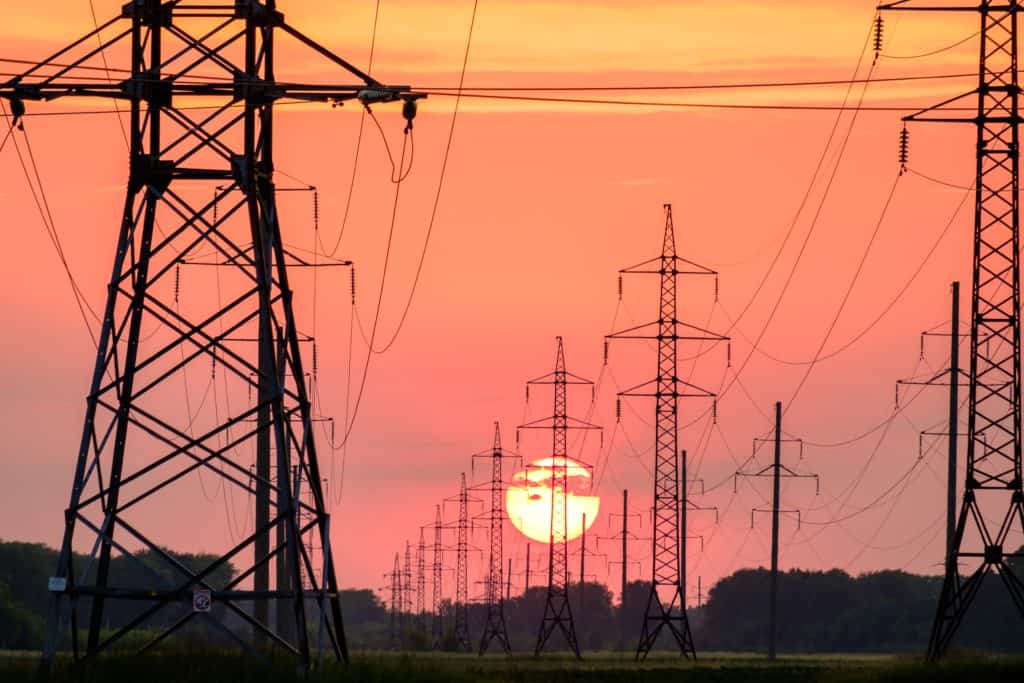Countries are following the United Nations’ lead and developing strict sustainability regulations. Environmentalists recognize corporations’ impacts on ecological degradation. They are working with government officials to set corporate responsibility laws.
Companies can adhere to sustainability laws by improving their supply chains’ energy efficiency. Eco-conscious practices may also enhance companies’ sales, meeting eco-consumers’ demands. Before assessing the efficiency enhancement methods, individuals may explore current sustainability limitations.
The Supply Chain’s Efficiency Limitations
Corporations’ supply chains significantly impact their carbon footprints. In developed countries like the U.K and U.S., the industrial sector consumes about 36% of the energy supply. Most of the global power supply comes from fossil fuels, which directly contribute to climate change.
Various components of the supply chain require significant amounts of energy. When companies outsource materials for manufacturing they increase transportation emissions. Developed nations often outsource their materials from less developed countries to save money.
Cutting costs increases energy consumption rates, minimizing a supply chain’s efficiency. Manufacturing facilities’ designs and power sources also impact their sustainability. If facilities have outdated heating, ventilation and air conditioning (HVAC) systems or lighting technologies, they may use unnecessary amounts of energy.
The vehicles companies use to import materials and export goods contribute to their supply chain efficiency ratings. Gas-powered vehicles have low-efficiency rates and produce over 4.6 tons of emissions annually. Energy professionals identify the top supply chain improvements companies can make to reduce energy waste.
How to Improve the Supply Chain’s Energy Efficiency
Corporations can significantly shrink their carbon footprints and decrease their utility costs by adopting smart technologies. HVAC systems consume nearly 40% of a building’s energy supply. Business owners can reduce HVAC energy waste by installing smart thermostats.
The devices use the internet of things (IoT) and motion detection sensors to maintain energy-efficient indoor temperatures. Sensors divide a building into different temperature zones and monitor occupancy levels. Smart thermostats also access weather predictions and turn systems off when outdoor and indoor temperatures match.
Companies can also improve their supply chains’ efficiency by sourcing renewable energy. Solar and wind power produce zero carbon emissions and decrease a building’s reliance on fossil fuels. Individuals can also reduce supply chain energy waste by using local materials for manufacturing purposes.
Local material usage minimizes transportation emissions, which make up 24.4% of the U.K.’s carbon footprint. Adopting electric vehicles (E.V.s) for importing and exporting products also increases energy efficiency levels. Supply chains rely on abundant transportation systems to quickly access and deliver goods.
EVs have about a 77% efficiency rate while gas-powered vehicles have only a 12% rating. When corporations adopt high-efficiency technologies, they support the environment and the economy.
The Environmental Benefits of an Efficient Supply Chain
Energy-efficient supply chains have significantly smaller carbon footprints. Reducing carbon emissions can effectively protect individuals’ lung health. When individuals inhale carbon dioxide, their risk of developing respiratory conditions like lung cancer increases.
Minimizing atmospheric pollution also reduces adverse climate change effects. Maintaining natural global temperatures preserve the ecosystem. It also conserves vital natural resource supplies like fresh water.
When manufacturing facilities minimize energy waste by installing more windows, they also improve workers’ mental health. Windows enhance energy efficiency by reducing lights. Natural lighting also improves workers’ health by increasing their vitamin D absorption and focus.
The Economic Benefits of an Efficient Supply Chain
Improving a supply chain’s energy efficiency also provides economic benefits. When corporations install photovoltaic solar panels, they can access the most cost-effective power supply. Using local and reclaimed materials for manufacturing also supports the circular economy.
Building sustainable supply chains additionally stimulates the job market. The eco-conscious transition requires environmental engineers, construction workers, manufacturing professionals and other employees. Energy-efficient supply chains are also more resilient and minimize financial loss over time.
Influencing Global Supply Chain Sustainability
Eco-conscious countries like England implement corporate responsibility regulations while other industrial regions continue polluting the environment. Global corporations must set sustainability standards by shrinking their carbon footprints. Meeting eco-consumers demands and government regulations may influence other companies to follow in their footsteps.
Author bio:
Jane works as an environmental and energy writer. She is also the editor-in-chief of Environment.co.

 Alternative Energy HQ solar power for homes, wind energy, and bio fuel issues
Alternative Energy HQ solar power for homes, wind energy, and bio fuel issues







